The basic project breakdown looks as follows:
- Phase 1 - analyse project requirements from functional and design perspective DONE
- Phase 2 - decide on what components to choose DONE
- Phase 3 - electrical schematics design DONE
- Phase 4 - PCB design DONE
- Phase 5 - component sourcing DONE
- Phase 6 - PCB soldering (bypasses required) DONE
- Phase 7 - Waterproof casing design and 3D print DONE
- Phase 8 - NRF51822 and component validation DONE
- Phase 9 - complete self-test at boot
- Phase 10 - sensor logging to console and storage
- Phase 11 - download data to computer via external serial connection
- Phase 12 - real world applications with bluetooth paired mobile phone or smart watch (bike, swim, run etc.)
We plan to publish all documentation and schematics as we move along. If you like the idea, please support our work by donating here.
 Lukasz
Lukasz
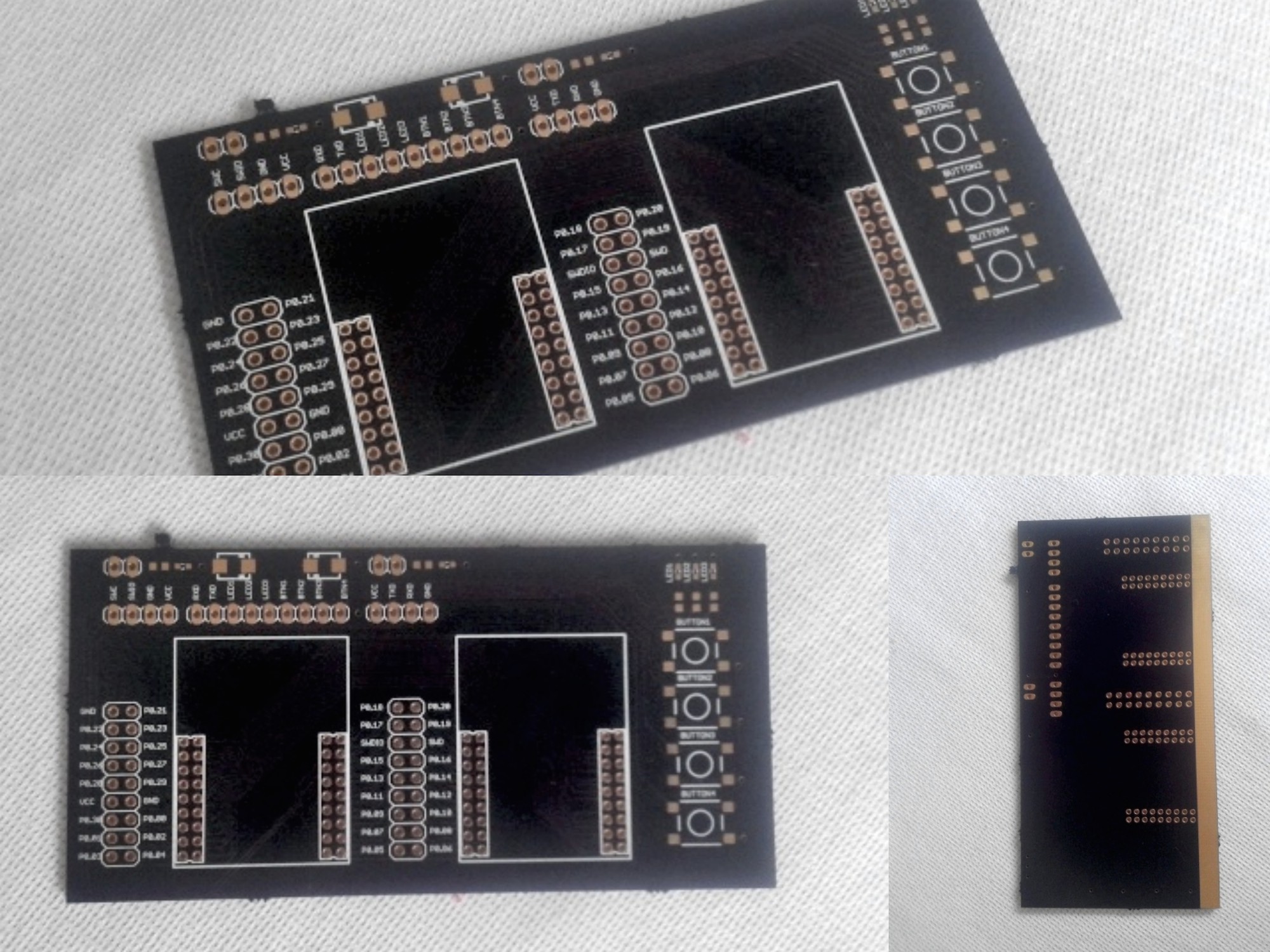
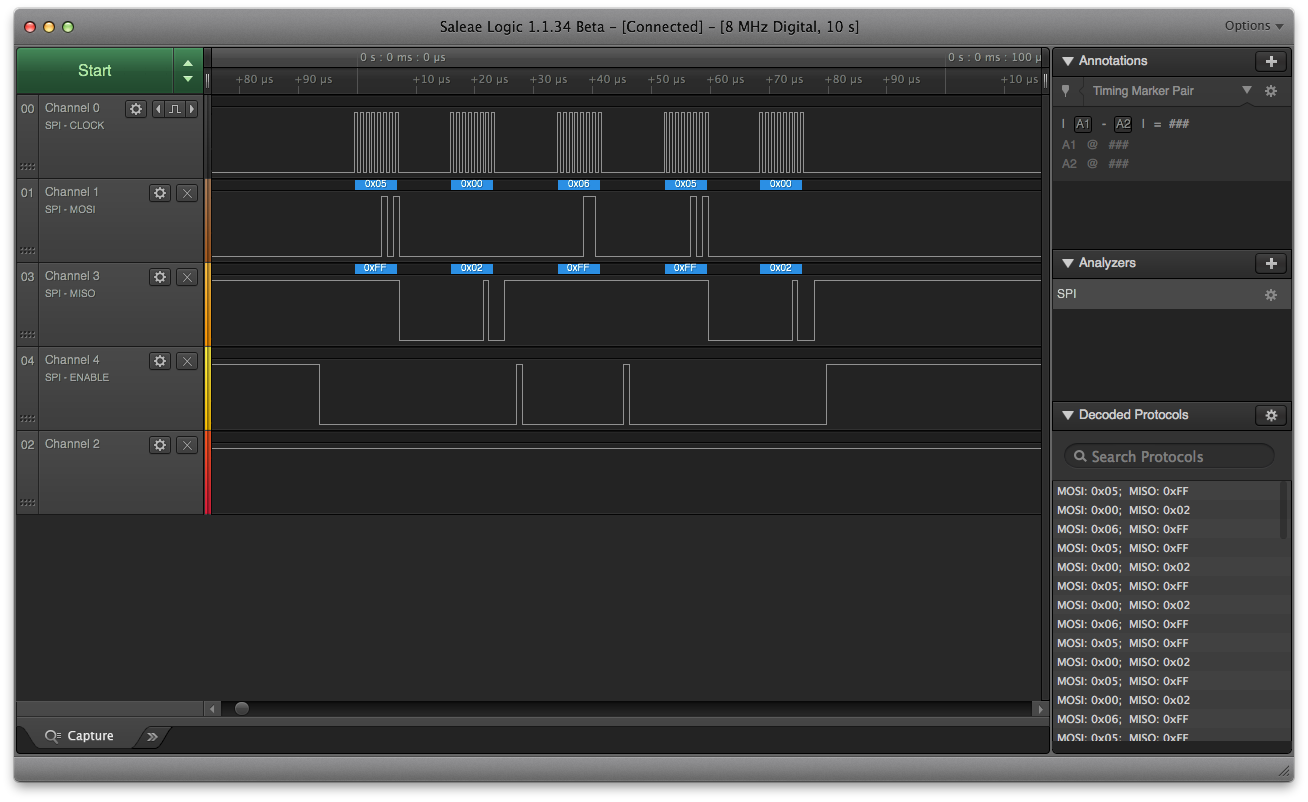
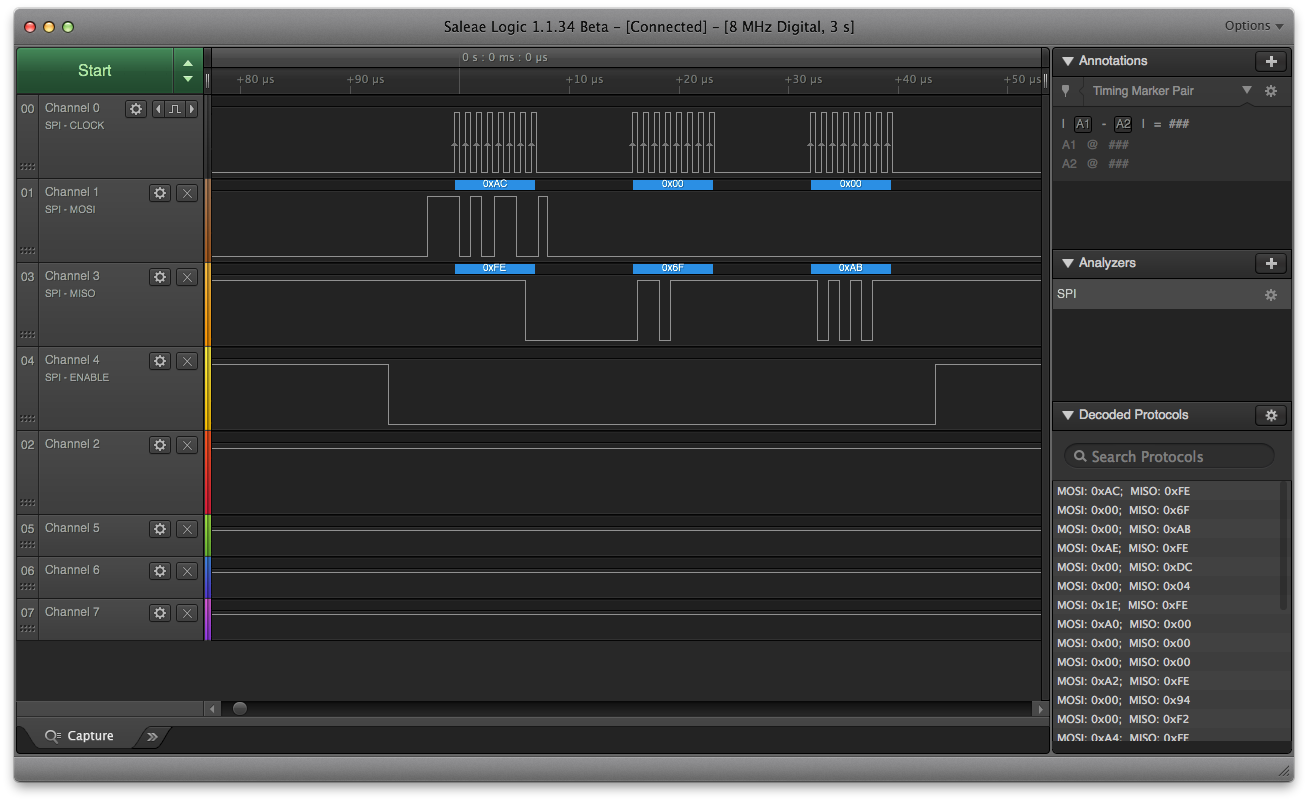
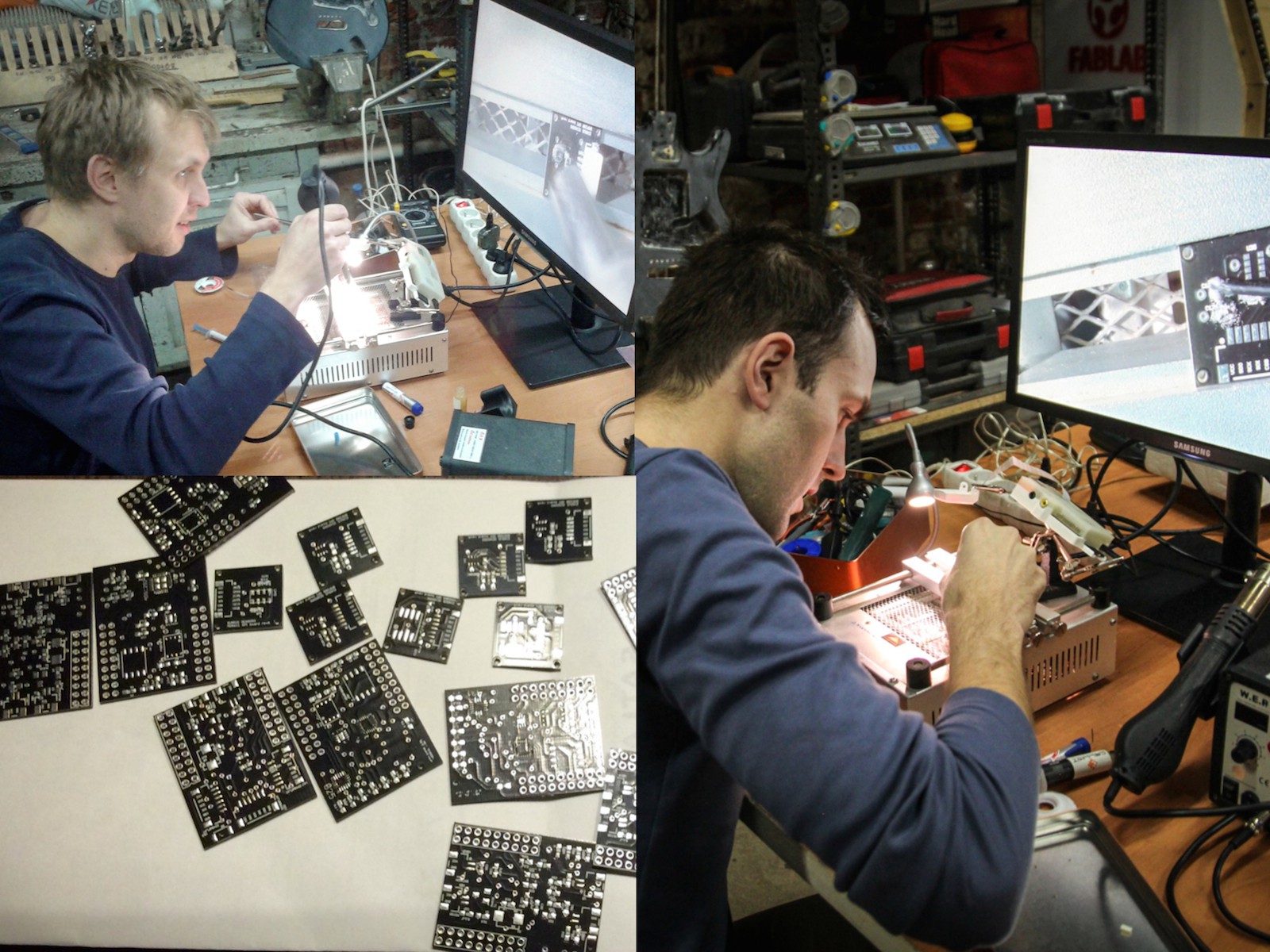
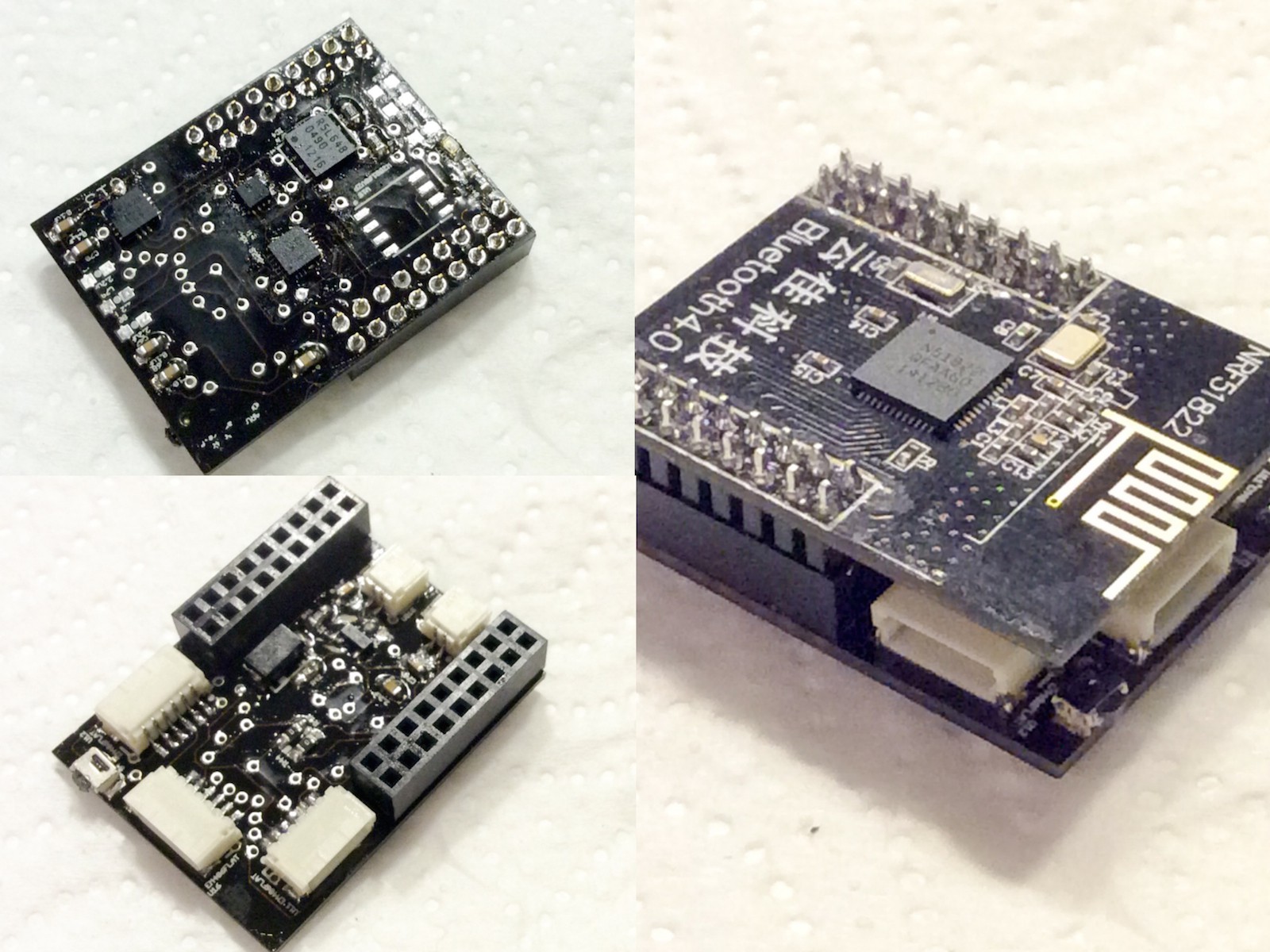
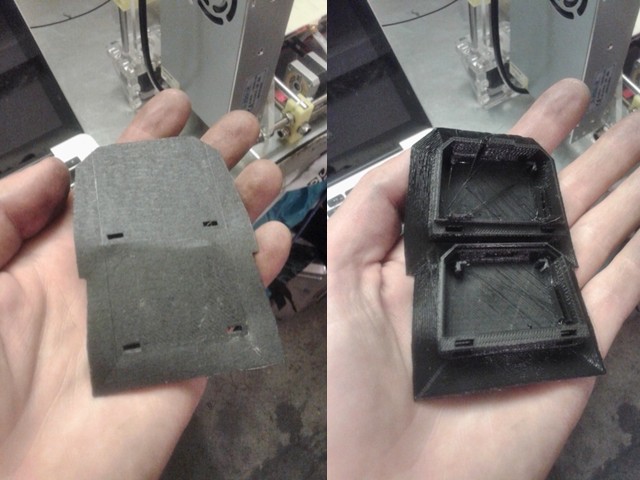
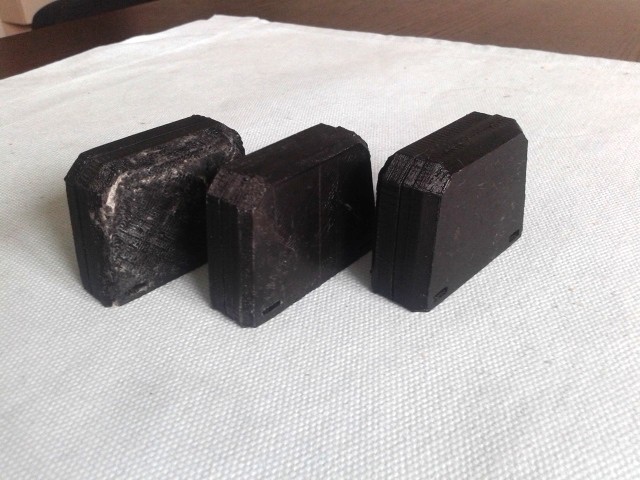
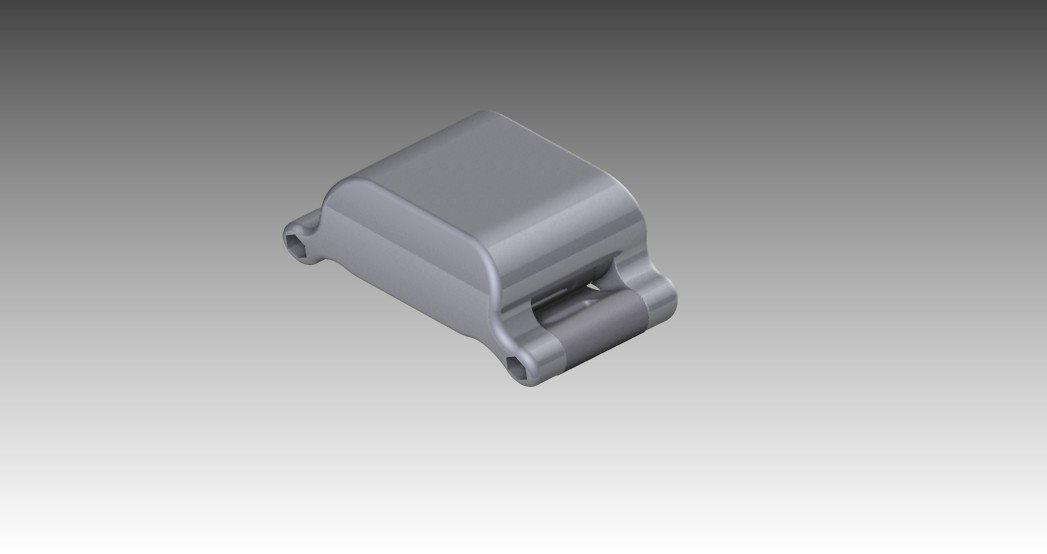
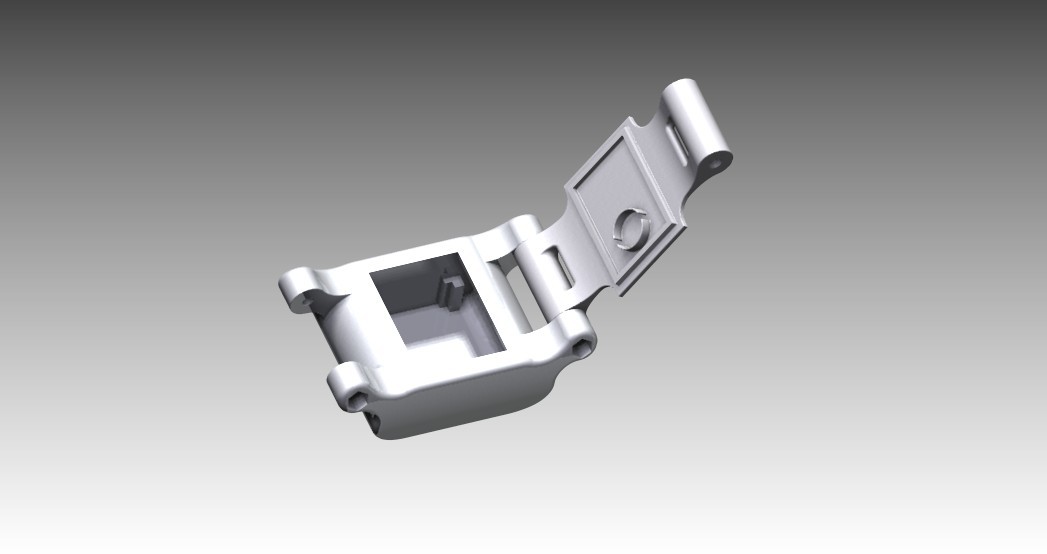


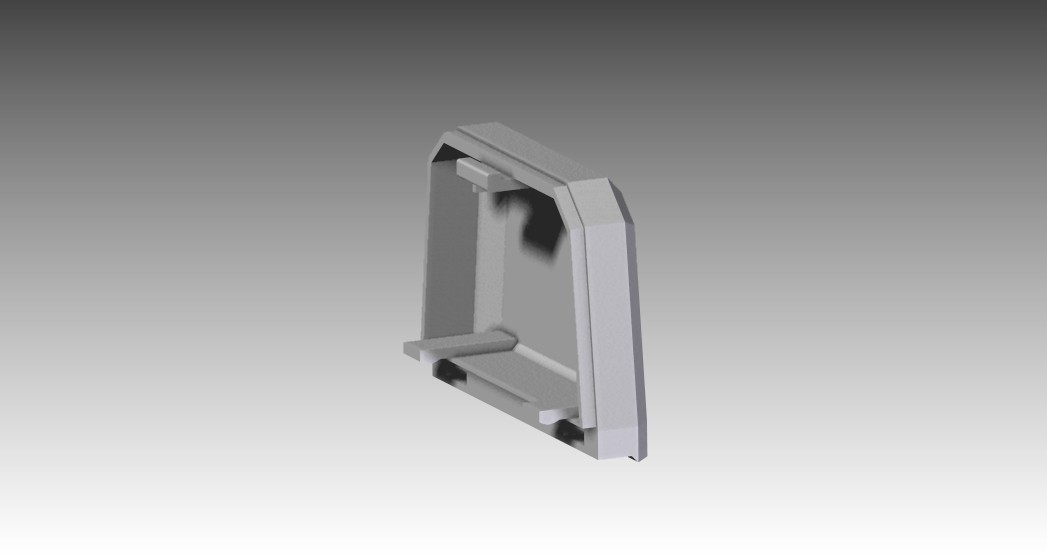

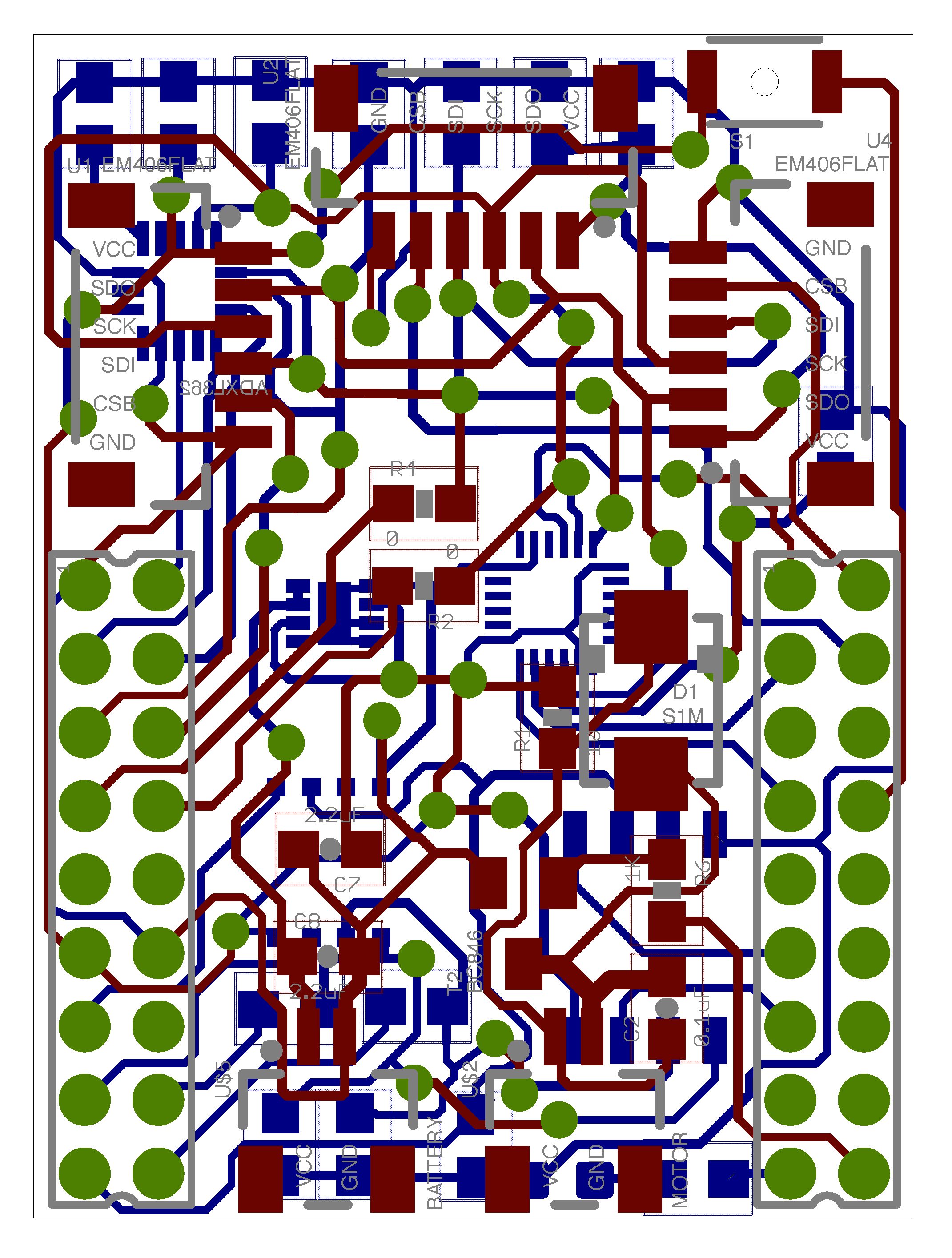
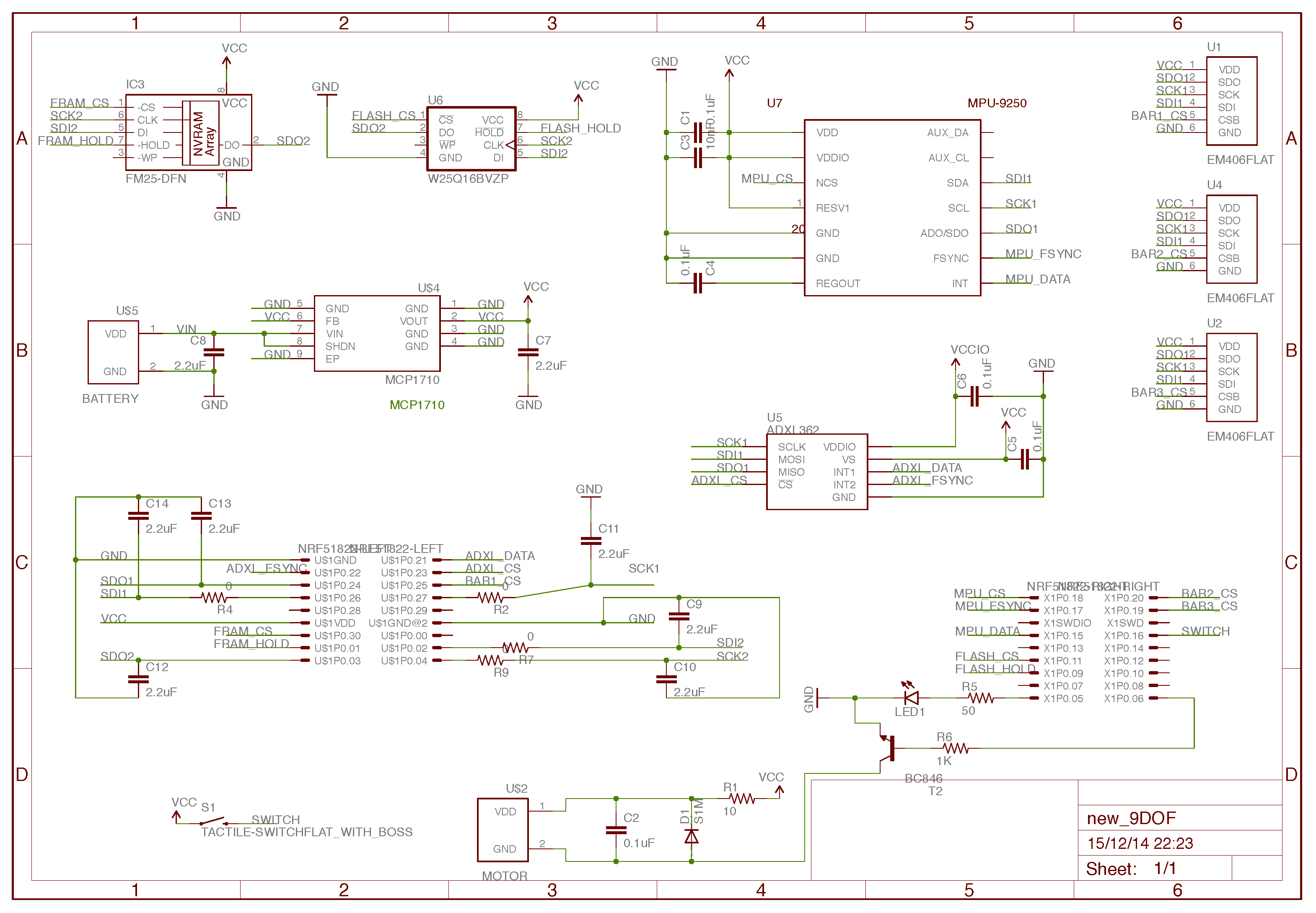 Eagle files can be accessed
Eagle files can be accessed 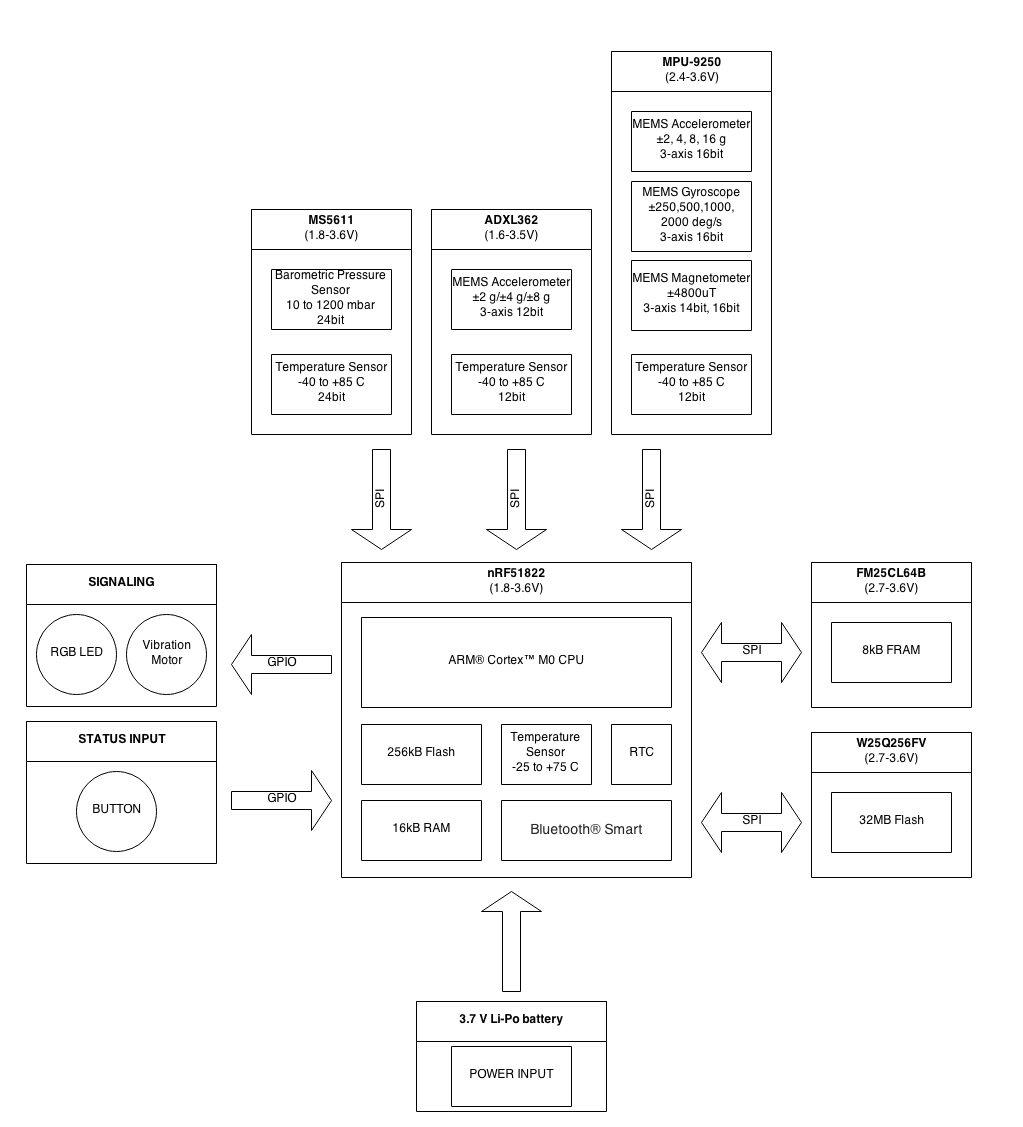


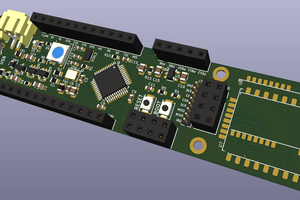
 Flavio
Flavio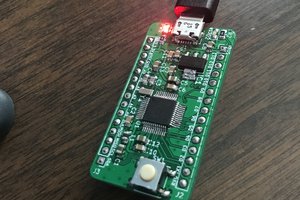
 sirmylesavery
sirmylesavery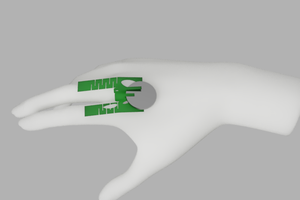
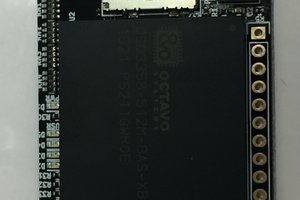
 Michael Welling
Michael Welling
S there an evidence on a way to application this form of watch myself? Especially adding a brand new Language aid by ข่าวฟุตบอล.